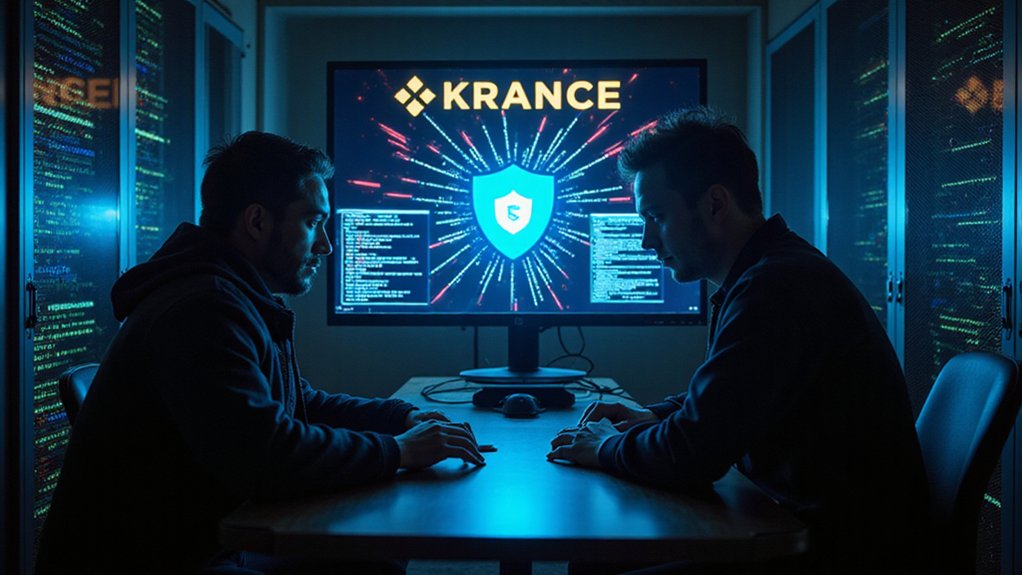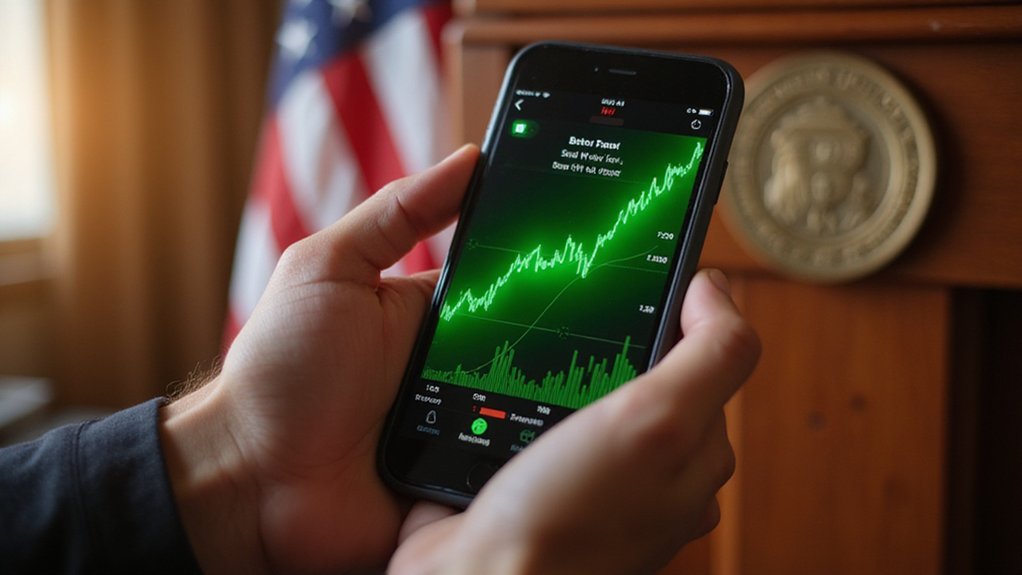Nearly $400 million in cryptocurrency seized over the past decade might sound like a Hollywood heist plotline, but for the U.S. Secret Service, it represents a tangible victory against an increasingly sophisticated digital underworld. The agency’s Global Investigative Operations Center (GIOC) has emerged as an unlikely protagonist in this modern financial thriller, wielding blockchain analysis and open-source intelligence tools against romance scammers and fraudulent investment platforms.
The numbers tell a compelling story of both criminal audacity and investigative persistence. The largest recent seizure—$225 million linked to romance crypto scams in mid-2025—sits alongside other confiscated assets in what amounts to one of the world’s largest cold-storage wallets. This digital vault represents more than mere asset recovery; it’s evidence of a systematic approach to dismantling cross-border criminal enterprises that prey on victims’ trust and financial aspirations.
The modus operandi remains depressingly consistent: fake investment platforms masquerading as legitimate cryptocurrency exchanges, complete with fabricated profits designed to lure victims into deeper financial commitment. Scammers deploy social engineering tactics through carefully crafted personas, often maintaining relationships for months before disappearing with their victims’ life savings. The psychological manipulation extends beyond initial investment, with victims frequently borrowing additional funds to chase phantom returns.
What distinguishes the Secret Service’s approach is its methodical use of traditional investigative techniques—spreadsheets, subpoenas, and patient analysis—applied to cutting-edge financial crimes. The GIOC’s collaboration with over 60 countries’ law enforcement agencies underscores the global nature of cryptocurrency fraud, where jurisdictional boundaries dissolve as easily as digital wallets can be emptied. These investigations mirror the complexity seen in corporate leadership shakeups, where executive terminations occur amid financial irregularities and operational challenges.
The broader context remains sobering: over $2.47 billion lost globally to cryptocurrency-related crimes in just the first half of 2025 alone. While the Secret Service’s seizures represent significant recoveries, they constitute a fraction of total losses—a reality that highlights both the scale of the problem and the importance of continued enforcement efforts. The FBI’s latest data reveals that cryptocurrency fraud accounted for over $5.8 billion in losses in 2024, underscoring the exponential growth of digital asset crimes. The challenge is compounded by the fact that cryptocurrency mining operations consume substantial energy resources, with Bitcoin transactions generating significant carbon footprints that further complicate the regulatory landscape.
These seizures serve multiple purposes beyond asset recovery, functioning as deterrents to potential scammers while building prosecutable cases through civil forfeiture complaints. The agency’s evolution from combating physical counterfeiting to pursuing digital asset crimes reflects the changing landscape of financial fraud in the cryptocurrency era.








